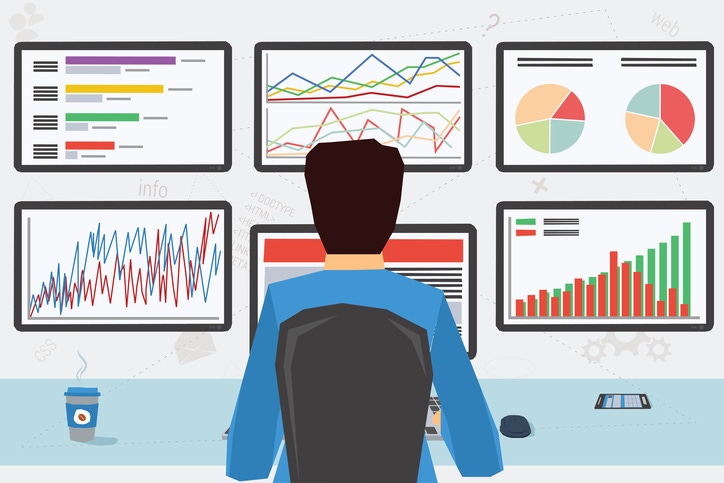Your job as an MSP is to make sure your client is getting the best performance for their money.
October 4, 2016

By Kirill Bensonoff
Whether your clients use AWS, Azure, or some other IaaS provider, your job as an MSP is to make sure your client is getting the best performance for their money.
Every day you should be monitoring their usage so you can find trends and spot challenges before they become problems. By monitoring their workload you can make scaling recommendations depending upon their current needs.
What to Monitor
Regardless of whether you choose Azure or AWS, there are certain things you should be monitoring, including:
1. Virtual machines
Start with the basics. You need to monitor CPU usage (percentage, user time, idle time, etc.). You need to monitor memory as well (available, committed, percentage being used, and percentage available). Together, these will give you a good indication of VM performance.
2. Network
This refers to the network traffic in and out of the VM. Monitoring this traffic (network in, network out, TCP connections established and failed) can alert you of problems before they reach saturation.
3. Disk I/O
Monitoring disk I/O (read bytes, write bytes, swap percentage available, and disk queue length) can allow you to understand how your client’s applications are affecting the VM. For example, finding too many reads per disk may indicate the need for a caching layer. If you find disk I/O bottlenecks, it can indicate the need to upgrade to a new VM.
4. Storage
Running out of disk space can happen quickly with cloud storage as thousands of people use a system at once. Monitoring storage (queue availability, queue total requests, etc.) can allow your clients to know before a problem occurs that they need to upgrade storage.
5. Databases
Monitoring databases (CPU utilization, successful connections, sessions percentage, etc.) can give you insight into whether your client needs to scale their database up or down to provide the best performance for the costs. While the client has the ability to calibrate performance, it is the job of the MSP to properly monitor the performance and let them know when there could be a potential problem.
6. Costs
Watching costs is extremely important, as most cloud providers charge or base their services on a usage-based model. It’s important to know if costs are exceeding budget, and to take action quickly
7. Platforms
While monitoring individual resources is important, everyone should also be watching for platform-wide alerts. Both AWS and Azure have status pages that provide updates, and there are tools that help monitor these in real-time.
Best practices
Talk with your clients about how monitoring needs to be a high priority as it directly affects performance and costs for IaaS. Monitoring will allow them to watch for problems and resolve them before they arise.
Automate your monitoring with one system for all IaaS service providers using a third-party tool. This will allow you to monitor all of your customers from a single pane of glass, giving you a complete view of all providers.
MSPs can provide additional value by helping clients save money by rightsizing services to make sure they’re getting the most value for their money.
Monitoring is very important. Cloud makes things easier, but watching performance is even more important, and 100% availability is expected. Service providers need to be aware of issues, and react quickly to avoid performance problems and downtime.
You May Also Like
